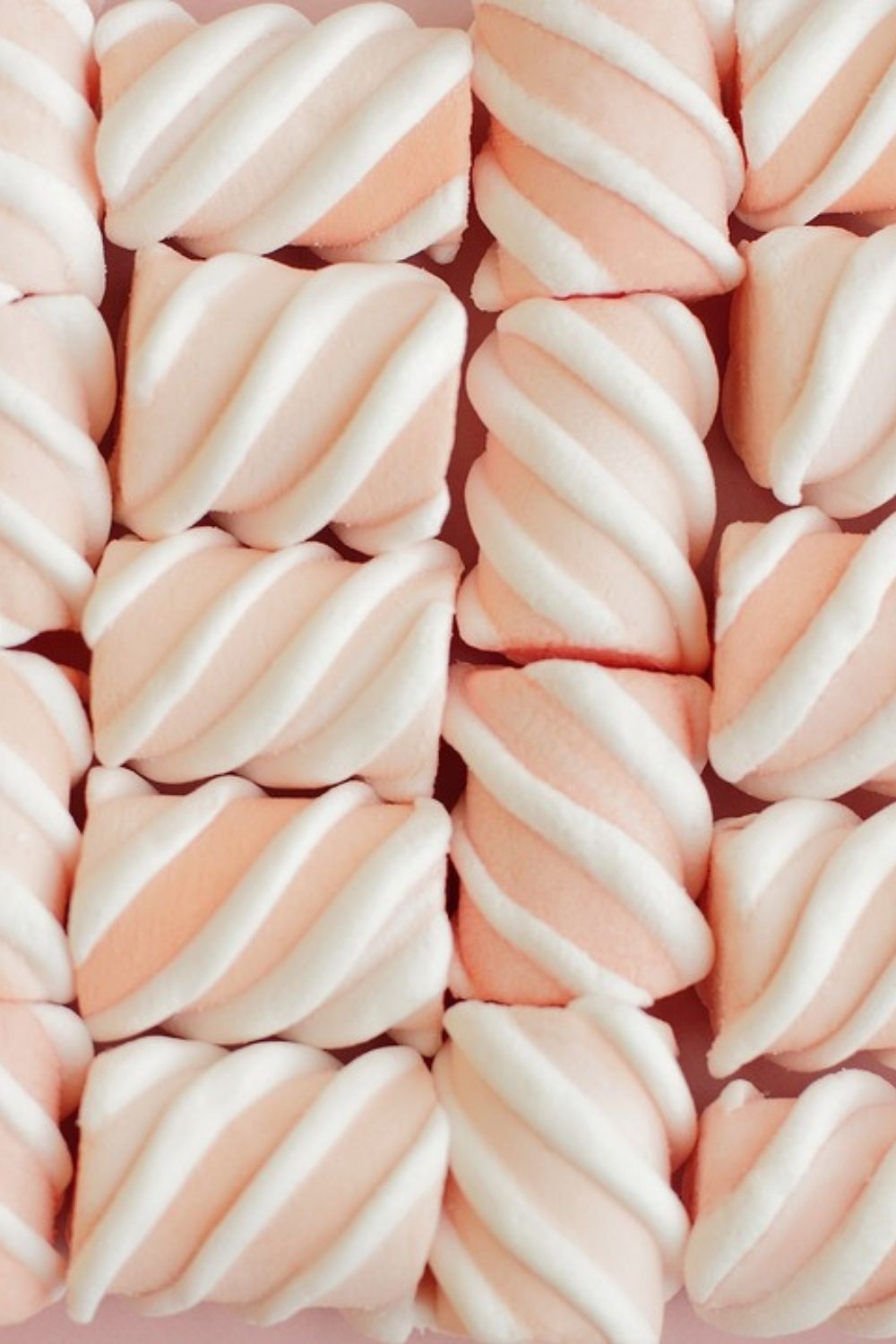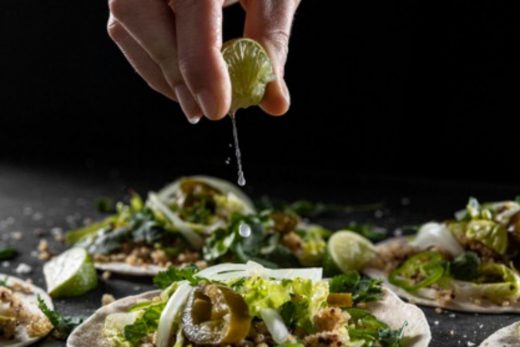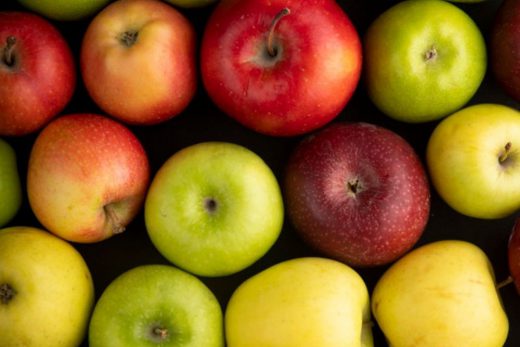In 1922, a box of Washburn’s Whole Wheat Flakes (later known as General Mills’ Wheaties) called it “A Perfect Food; Ready to Eat.” Post Toasties dubbed itself a “4 Star Breakfast Treat,” combining flavor, nourishment, vitamins and “economy” in one box. More than anything, these cereals promised ease for the American housewife. She could make her life more convenient while still nurturing and providing for her family. And the idea was catching.
Anyone who bought two boxes of Corn Flakes would receive the Funny Jungleland Moving Pictures Booklet, a colorful book of animal illustrations, either from their grocer or through a mail-in order. The campaign persisted for a whopping 23 years—Kellog’s had discovered that children could be just as valuable of a market as their parents, and soon competitors were following suit. By the middle of the 20th century, especially in the post-war years, advertisers were catering to children and teenagers as a distinct and profitable demographic. With radios, and then televisions, in the household, products could be advertised to them directly, which they in turn requested by name.





